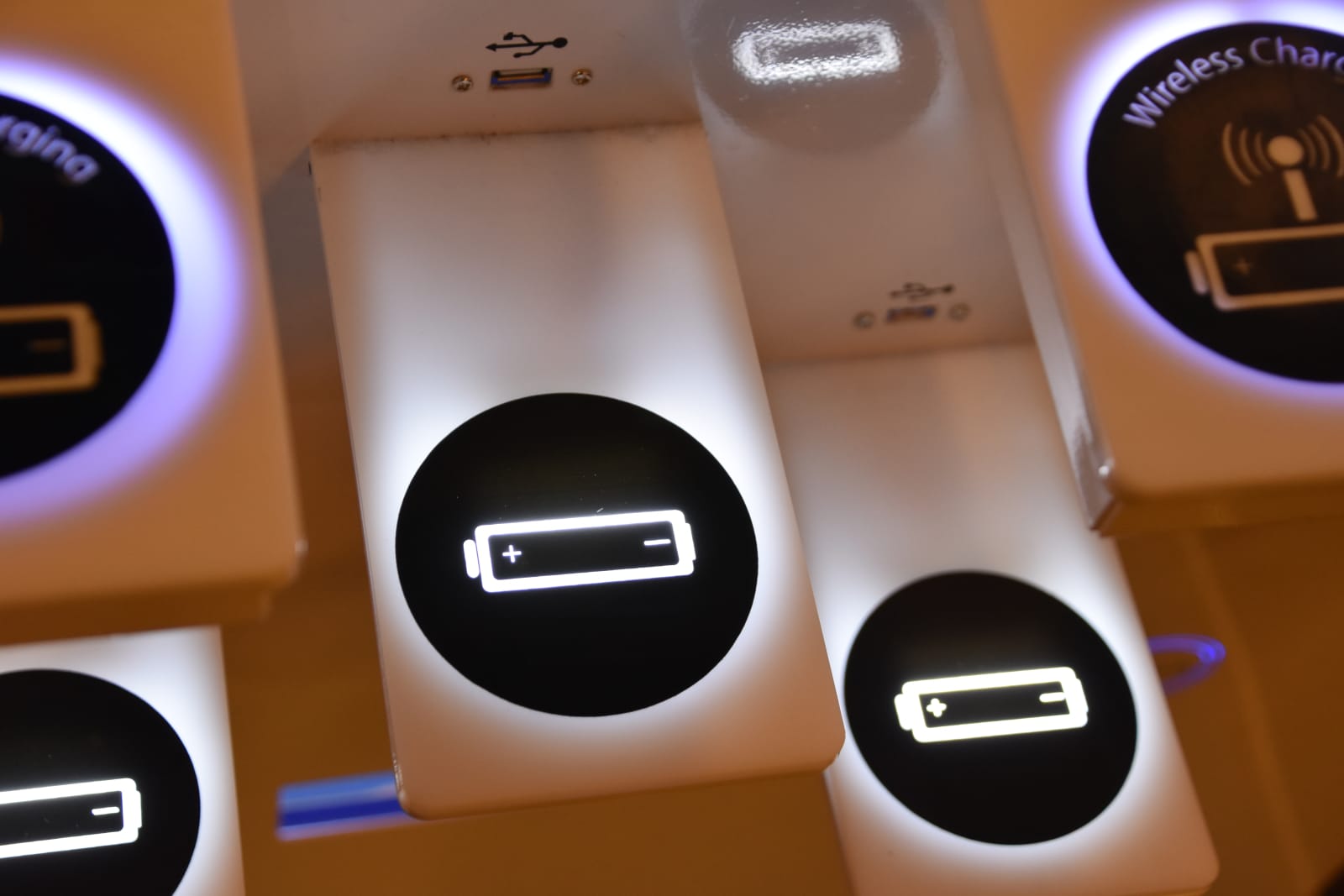
Generating solar power from the infrared spectrum, or even nearby frequencies, has proven difficult in spite of a quarter of the Sun's energy passing through those wavelengths. The Fraunhofer Institute for Telecommunications may have jumped that hurdle to efficiency through sulfur -- one of the very materials that solar energy often helps eliminate. By irradiating ordinary silicon through femtosecond-level laser pulses within a sulfuric atmosphere, the technique melds sulfur with silicon and makes it easier for infrared light electrons to build into the frenzy needed for conducting electricity. The black-tinted silicon that results from the process is still in the early stages and needs improvements to automation and refinement to become a real product, but there's every intention of making that happen: Fraunhofer plans a spinoff to market finished laser systems for solar cell builders who want their own black silicon. If all goes well, the darker shade of solar panels could lead to a brighter future for clean energy.
Filed under: Science, Alt
Fraunhofer black silicon could catch more energy from infrared light, go green with sulfur originally appeared on Engadget on Thu, 04 Oct 2012 05:32:00 EDT. Please see our terms for use of feeds.
Permalink  Gizmag
Gizmag |
 Fraunhofer
Fraunhofer |
Email this |
Comments
 Lithium-sulfur batteries have been in the news for years, but a new design might be worth your notice. Monash University researchers have crafted what they claim is the most efficient lithium-sulfur battery to date. An appropriately-sized unit report...
Lithium-sulfur batteries have been in the news for years, but a new design might be worth your notice. Monash University researchers have crafted what they claim is the most efficient lithium-sulfur battery to date. An appropriately-sized unit report...
 Lithium-sulfur batteries have been in the news for years, but a new design might be worth your notice. Monash University researchers have crafted what they claim is the most efficient lithium-sulfur battery to date. An appropriately-sized unit report...
Lithium-sulfur batteries have been in the news for years, but a new design might be worth your notice. Monash University researchers have crafted what they claim is the most efficient lithium-sulfur battery to date. An appropriately-sized unit report...
 Recent history has taught us we can't expect our smartphones to last more than a day on a single charge. Bigger batteries are an uninspired solution and fast-charging a minor consolation, so it's no wonder researchers and companies alike are trying t...
Recent history has taught us we can't expect our smartphones to last more than a day on a single charge. Bigger batteries are an uninspired solution and fast-charging a minor consolation, so it's no wonder researchers and companies alike are trying t...


